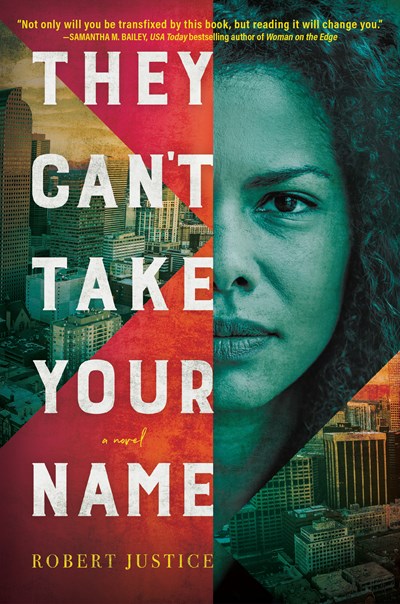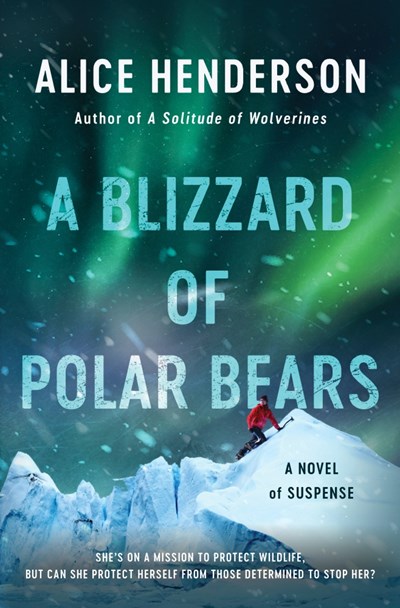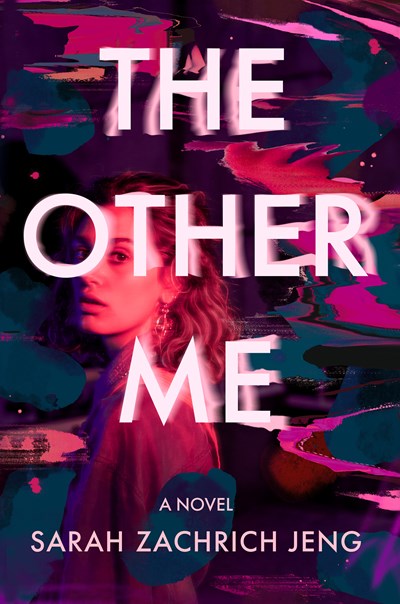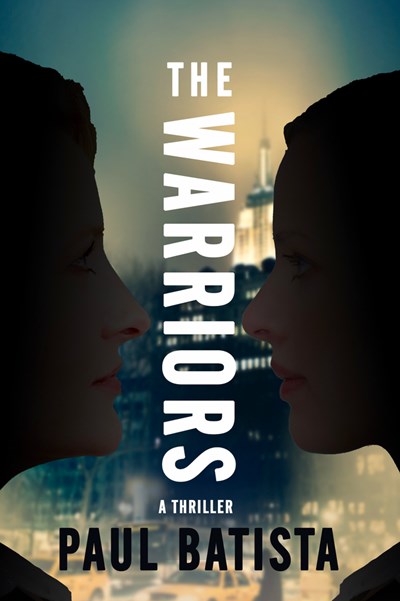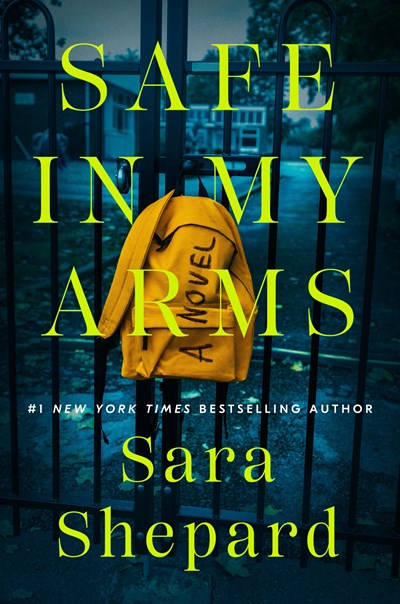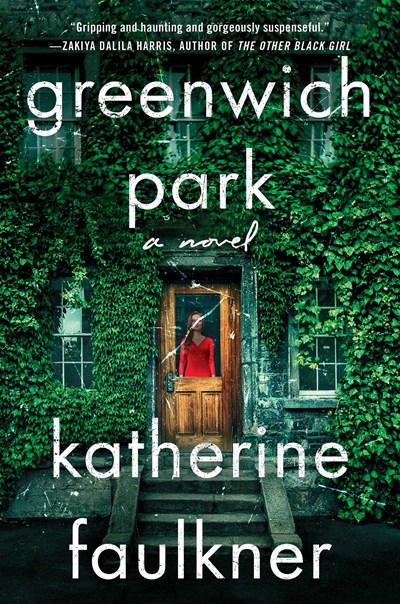A beautiful, powerful novel that is as simple in its telling as it is deep in its emotions. Eli Stone is a shell of a man, undone by the death of his beloved wife and desperate to find an excuse to keep on living. Renovating The Roz, a landmark jazz club in the center of Denver’s African American community, is his latest effort to give his life meaning. The club is about to open when in walks Liza, a law student who has dedicated her life to saving her Dad, Langston, who sits on death row, falsely accused of robbery and murder. Eli and Liza recognize the need in each other, but put aside their feelings to focus on clearing her father. When Langston is sentenced to be executed in 30 days, the tension ramps up and the suspense becomes unbearable. Throughout, Eli turns to memories from his past, especially that of a priest who helped raise him and gave him the skills to survive as a Black man in a racist world. Wrongful conviction is one of the greatest injustices in our legal system, and crime fiction provides a perfect tool for exploring it. I can’t wait to read more about Eli and Liza. In the meantime, this book would make a great choice for book groups that want to use fiction as a springboard to discuss racism, anti-racism, and incarceration.
Thrillers
Alex Carter is just winding down a research project in Montana—she’s a wildlife biologist—when a fellow scientist calls to see if she would like to lead a study of polar bears. Within weeks she’s at a scientific research center in Churchill, Manitoba, polar bear capital of the world. Accompanied by a research assistant and a pilot, Carter flies over the frozen terrain of Hudson Bay in a helicopter, seeking bears. When she locates one, she shoots it with a tranquilizer from the helicopter then descends to quickly tag it and take samples. Henderson does a terrific job in describing life in Churchill, especially the effort to survive in such a hostile environment, but even more compelling is the information about the polar bears, struggling to live despite climate change, loss of prey, and increased exposure to toxins. Slowly Alex’s study is undermined—someone breaks into the lab and steals her samples, her supplies are tampered with, her pilot disappears—until on one mission the plane itself sets on fire, leaving Alex and her team stranded on the ice, miles from anywhere. Henderson manages to marry both suspense and mystery in this book, featuring a classic, suspense-driven fight-and-flight with several overarching mysteries. It’s even better than the excellent first book in the series, A Solitude of Wolverines. Fans of Nevada Barr’s Anna Pigeon novels may well enjoy this.
Lily Atwood has the titular perfect life. She’s an Emmy-winning journalist, the kind who wants to be hard-hitting but mostly presents human-interest stories from the comfort of a studio. Every evening, Lily gets to return to her designer Boston home to spend time with her daughter, Rowen, the center of her single-mom existence. Some of Lily’s stories, the juicer ones, are fed to the journalist and her behind-the-scenes right-hand, Greer, by a man calling himself Mr. Smith. They’re sure it’s a pseudonym, but are content to idly wonder about Smith’s identity and motives as long as the tips keep coming. Then he starts getting sinister—at least, Lily thinks it’s Smith who’s behind anonymous flower deliveries to her home, though she’s never given him her address. He also seems overly familiar with events at her daughter’s school. Lily is afraid that he may reveal private details that could finish her career, but she soon has far more to fear. An author’s note reveals that Ryan wrote this during COVID, and the feeling of being trapped and at the same time wanting to hide away permeates the novel. The surprises keep coming, and the tightly woven storytelling closes with a deft, satisfying twist. Fans of the author should add this to their library hold lists as it’s not going to sit on shelves. While waiting, they can try Belinda Bauer’s The Beautiful Dead, which also features a journalist in peril.
Lux McAllister is eager to get out there and explore the world. She’s lost her lousy job cleaning hotel rooms in Hawaii, is still mourning her mother’s death, and fears that her boyfriend, Nico, is getting too comfortable to leave. So when Brittany and Amy, best friends from college, hire Nico to sail them to an incredibly remote island in the South Pacific, she’s game. After all, what could go wrong? Pretty much everything, it turns out. After surviving a horrific storm, they finally get to Meroe Island, and are indeed dazzled by its beauty. But they’re also surprised to discover another ship anchored off the beach, with two occupants, Jake and Eliza, who are rich, friendly, and more than willing to share their wine cellar. The six of them live out their Robinson Crusoe fantasies until things begin to fray. And Meroe Island, famous for its history of shipwrecks and murder, begins to live up to its reputation. Reckless Girls builds slowly while we are treated to lots of backstory, but that’s OK. The characters are compelling, the set up is worth it, and once the suspense starts we are 100 percent in. For fans of Ruth Ware and Lisa Jewell.
When struggling artist Kelly enters an art gallery bathroom on her birthday, she turns into a different version of herself. In this life she’s no longer single, but is married to Eric, who is waiting outside for her. Her tattoos have vanished, and she never went to art school. Bewildered as to which existence is real, she plays along. Memories from this life’s past suddenly appear, along with a returning, comfortable attraction toward Eric, who, in the other life, she turned down when he asked her out in high school. Over time, odd moments tell Kelly that the new life might be no more stable than the old—her tattoos flash back onto her skin at times, for example—and she discovers that some in her new life might know what’s going on. A stellar choice for book groups and classes on ethics, this debut brings up a wealth of questions about possibilities other than the linear progression of life that we take for granted, and about the wisdom of trying to start over. Kelly and Eric’s insta-relationship is a mind-bender of its own, the does-he-know and does-he-know-that-I-knows perhaps reminding readers of the mysteries in any partnership. Sure to be a hot title this fall.
Defense lawyer Raquel Rematti, whose arguments are used as law school how-tos, has met the first client she truly hates, Angela Baldesteri, a former First Lady and current senator. Angela might be lying on the stand in her trial on fraud and tax evasion charges and seems determined to alienate the judge. Raquel is torn. She could lose her license if she fails to rein in Angela’s behavior, but it’s hard to find a more high-profile client. Meanwhile, outside forces frighten her into staying: she’s followed in the street by men who claim to be FBI but aren’t; a former drug-dealing client targets a member of the jury and even the lawyer’s loved ones; and the body count starts to climb. Batista (Manhattan Lockdown) skillfully intertwines psychological and legal drama here, with the protagonist struggling to best an adversarial client while fighting against those who will do anything to keep the senator in the upcoming presidential race. The cutthroat politics and shadowy money behind super PACs also feature heavily. Trial lawyer Batista’s fast-paced read is a must for fans of John Grisham and Scott Turow.
Fans of the Pretty Little Liars book and TV series and Shepard’s multiple other novels will come to this work looking for a mean girl to hate, and they’ll find it in Piper, the director of the preschool that serves the right kids in a moneyed California town. Andrea, Lauren, and Ronnie stick out like Target shoppers at Tiffany & Co. when they show up with their kids on the first day. They gravitate towards one another to survive the haughty sniffs from the vegan mac ‘n cheese set. Andrea is transgender and is hiding that she was suspected of pedophilia years ago; Ronnie works as a topless maid, which is the least of her secrets; and new-mom Lauren is struggling through what she has been told is postpartum rage. When Piper is attacked, the police focus on Andrea, Lauren, and Ronnie as culprits, and the women even begin to suspect one another. Shepard offers another insightful foray into the lives of privileged women, once more uncovering secrets, betrayals, and unexpected grace along the way. HBO is sure to come knocking again, but don’t wait–this is a perfect beach read, and ideal for readers who enjoyed Janelle Brown’s Pretty Things.
Some books you read for plot. Others for setting. But this dazzling debut is all about voice, specifically that of Ruby Simon, lovable murderer. The book opens with 30-year-old Ruby at the Miami Beach Police Department, being interrogated about the recent death of her husband Jason—the one murder she isn’t responsible for—as well as three earlier deaths she did commit, but got away with. “Four is beyond a pattern. Four is beyond bad luck or coincidence. Four means I’m at the center of it all, these deaths orbiting around me like the planets around the sun.” Ruby takes us back to her first murder at five years old, when she drowned another little kid, her teen years in Miami Beach (one more murder), college at Yale, then back to Miami for graduate school in psychiatry (another one bites the dust), and finally Jason’s accidental demise. It’s tempting to think Ruby is a sociopath, but no, she experiences a full range of emotions, from empathy to regret and from compassion to sympathy. It’s the rare book that has you rooting for a multiple murderer, but that’s just part of screenwriter Rothchild’s magic. The most engaging novel I’ve read yet this year.
Former Cambridge students Helen and Daniel are a few months from the birth of their first child, after numerous pregnancy losses. Helen is understandably nervous, and it doesn’t help when her husband misses their first prenatal class. All she needs is brash, foul-mouthed mother-to-be Rachel sitting next to her and drawing attention. When the woman pours them both a large glass of wine and then drinks both glasses, Helen is horrified but too polite to say anything. Soon pushy, manipulative Rachel insinuates herself into every aspect of the expectant couple’s life, and Helen’s efforts to distance her new “friend” are about as useful as Lamaze breathing. Alongside that accelerating mayhem, to which Faulkner effectively adds urgency by showing the pregnancy weeks ticking by, is the story of Helen and Daniel’s friend Katie, who is a journalist reporting on a rape trial, and a look back at the group’s college days, when they faced a life-altering decision that still haunts. Faulkner gets right into the head of a troubled woman, also excelling at portrayals of more than one imbalanced friendship. This debut features some gasp-inducing twists, and is only slightly less astonishing all the way through. And that last line!

